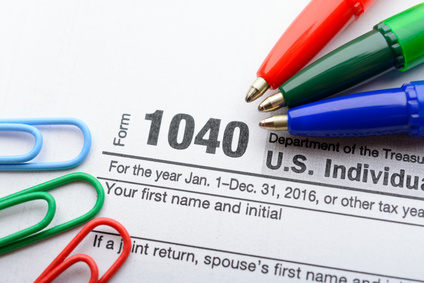
If you owe taxes to the IRS but are unable to meet the obligation due to financial constraints, you may qualify for Currently Non Collectible status. To qualify, you have to prove to the central tax authority that you have no disposable income and are barely able to meet reasonable living expenses. An IRS non-collectible status means that you are eligible to pay your outstanding tax dues at a later date when your financial situation has improved. Let us learn a bit more about non collectible status as a tax relief solution. Before you apply for CNC status, make sure that you have analyzed other options that can help you pay or avoid your taxes, for which you need the help of an experienced tax law attorney from the Law Offices of Nick Nemeth.
How it Works
After the IRS places your tax account into Currently Non Collectible status, it does not pursue any activities such as wage garnishment to collect the outstanding tax, except for a few exceptions. Your tax debt, however, still remains, and the IRS may charge penalties and interests on it. The IRS may also use your refunds and file a lien against your property, if an urgent need arises to settle your debts. That is why you must look for other options to settle your debts before requesting the IRS for a non collectible tax status.
Requesting Non Collectible Tax Status
Here is a four-step guide to requesting a non collectible tax status:
1. Prepare Documents
It goes without saying that before the IRS places your account under currently non collectible tax status, it needs to evaluate your financial condition. So the first step you need to take is to prepare all the required documents, including bank statements, credit card bills, and your income and other monthly living expenses.
2. Fill Required Forms
After you’ve gathered the financial data, you need to fill out either of these forms.
- Form 433-A, Collection Information Statement for Wage Earners and Self-Employed Individuals
- Form 433-F, Collection Information Statement
3. Make Sure the Step is Right
Before you submit the 433 forms and enable the IRS to discover whether or not you qualify for non collectible status, we recommend you to do your own discovery first. Calculate your net disposable income and monthly expenses to what you think the IRS may think is allowable for approving a non collectible status. You can use the Financial Analysis Handbook in the Internal Revenue Manual (5.15.1) or hire a tax law attorney for help.
4. Submit the Forms
The final step is to submit the required paperwork with the IRS. You can also call the IRS before submitting the forms. If you have doubts about how to proceed, hire a tax professional who can speak with the IRS on your behalf.
Duration of Current Non Collectible Status
How long a current non collectible status last differs from case to case. The duration usually depends on the taxpayer’s income. When IRS places a taxpayer’s account in Currently Non Collectible status, it assigns a closing code to it, which tells them when to review the case. Let’s suppose that John earns $25,000 every year, an amount barely enough to meet his basic monthly expenses. The IRS, after evaluating his financial condition, assigns a closing code of $31,000 to his tax account. The day he starts earning this amount, the IRS will review his case to check if he is making enough money to be able to pay his taxes.
Let Attorney Nick Nemeth Help
Whether you are unable to pay your taxes due to financial hardship and looking to apply for a non collectible status, or have tried to apply for the provision a number of times with no success, the tax attorneys at the Law Offices of Nick Nemeth can help. From filing for a non collectible status to preventing wage garnishment and property liens, our tax lawyers can assist to solve a number IRS tax debt issues. To schedule an appointment, call (972) 426-2553 or fill out our contact form, and we’ll get back to shortly.


